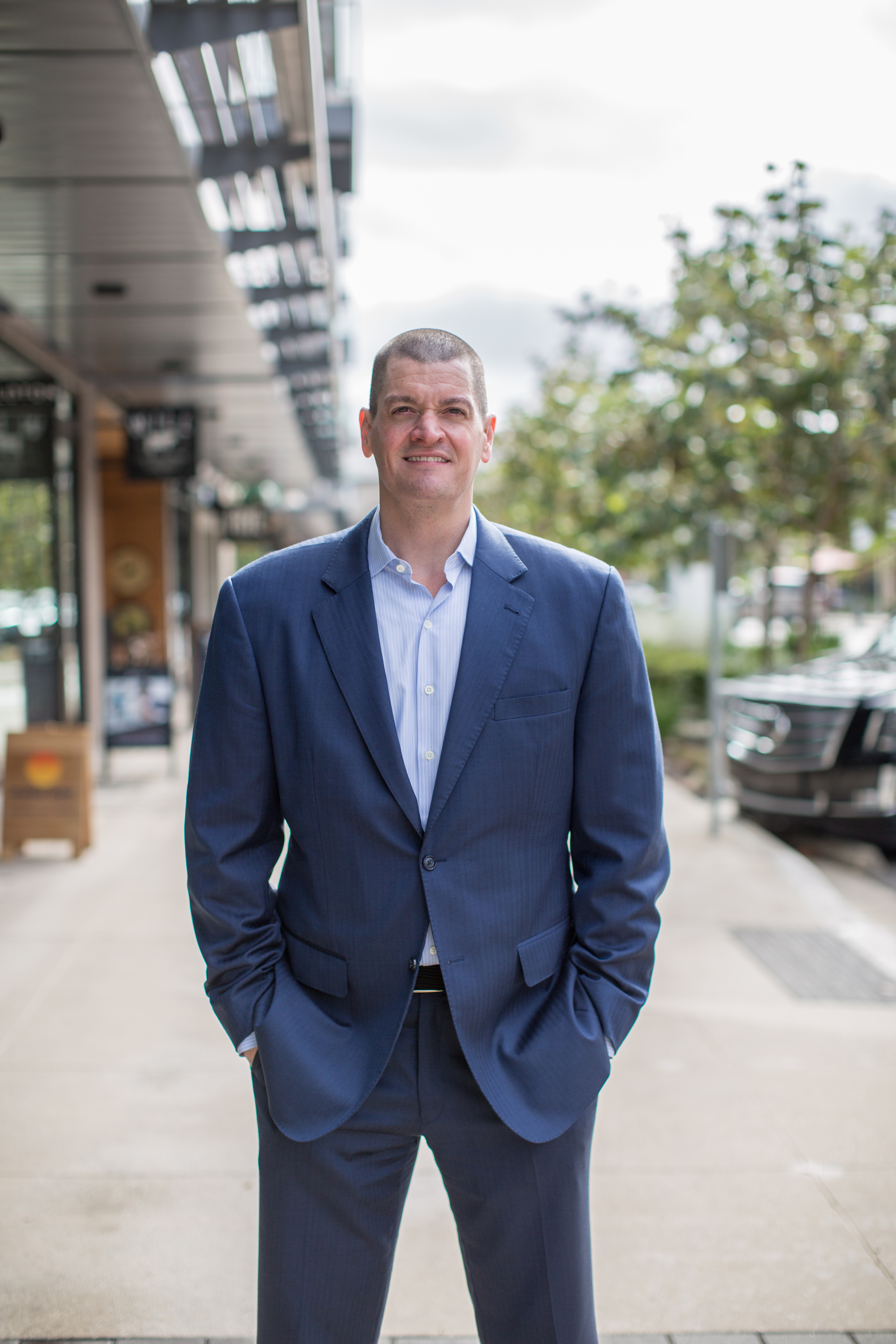Christopher Soukup is CEO of Communication Service for the Deaf, the world’s largest deaf-led social impact organization. He also is an advisory committee member for Disability: IN’s Disability Equality Index; a board member of the National Technical Institute for the Deaf Development Foundation; and a graduate of Gallaudet University, where he served as student body president.
What, if anything, are you aware of about deaf people? You may have caught a few videos that showcase deaf issues, deaf history or even learned a bit of American Sign Language vocabulary.
If you are like most hearing Americans, though, I suspect that you have little to no experience with a deaf person throughout the course of your life – that your awareness of the deaf community may not run very deep.
I want to zero in on the awareness part. Awareness is more commonly understood as knowing that something exists. It’s good to be aware of the existence of deaf people, but it’s not nearly enough. There is a deeper level to the word that involves a level of perception, insight and genuine concern for a subject. Ultimately, we need far more than awareness of deaf and disabled people if we are to advance as a society. This is especially the case when more than a billion people, about 15% of the world’s population, have some form of disability (source: World Health Organization).
Going beyond awareness means seeking and enacting wholesale change at the systemic level, improving our cultural and legal systems and, perhaps most importantly, changing attitudes and perceptions others have of deaf and disabled people. This is especially important because these attitudes negatively impact deaf people’s quest to get and hold down a job to support themselves and their families. Today, more than 70% of deaf people either unemployed or underemployed (source: Communication Service for the Deaf).
The good news is that with October being National Disability Employment Awareness Month (NDEAM) we now have a second opportunity to parlay awareness into action. NDEAM makes the case for the employability of 15% of the world’s population that is disabled and the overall value that they bring to the workplace. Few know the genesis of NDEAM, which can be traced back to an act of Congress in 1945 declaring the first week in October “National Employ the Physically Handicapped Week.” NDEAM is one part of a vast and increasingly progressive history of disabled rights here in America.
For most people, the disability rights movement’s inception seemingly occurs after the civil rights movement in the mid-20th century, when in fact, I argue that it goes back more than 100 years, occurring even before the founding of the National Association of the Deaf in 1880, the nation’s oldest civil rights organization. Deaf clubs and deaf schools were centers of an active and engaged civic life among the deaf population in the 19th century, where deaf people congregated to discuss and address the issues of the day.
While many outspoken advocates such as Helen Keller did not hide their disability while rallying against injustice and fighting for workers’ rights, others shied from openly embracing their disability. One example is with President Franklin Delano Roosevelt (FDR), who, at the time of the Great Depression, was one of the most powerful people in the world and ushered in a new age of prosperity for the United States with his New Deal programs.
FDR was diagnosed with polio (or, as some believe, Guillain-Barré syndrome) at 39 years of age, and he feared that public knowledge of this would hinder his political ambitions. One would think that with FDR arriving at the highest office in the land and getting elected for a third and fourth term, that disability would cease to be an issue. He and his staff did everything they could to make his disability a non-story in the press, so the public was not provided many opportunities to juxtapose FDR’s disability with questioning his ability to lead the nation. FDR’s legacy is a testament to how successfully he and his staff took public focus away from his disability and made the dialogue about his ideas, leadership, and dignity as a human being.
FDR’s memorial on the National Mall was commissioned with a bronze statue showing him seated and covered in a cloak. Controversy erupted around that representation, with disabled advocates wanting FDR’s disability to be more visible and others stating that his memory would be sullied by any mention of something FDR himself rejected or tried to hide. Congress agreed in 2001 to dedicate a second sculpture honoring FDR on the National Mall openly showing him seated in a wheelchair, the truth of his disability in full public view. The two sculptures, juxtaposed with one another, provide a basis for comparison, showing that the stigma of disability has lessened over time and helping to shift the conversation: disability is not the limitation but rather our limited and limiting perceptions of disabled people and what they are capable of achieving.
This is the true purpose and the price of awareness. Through awareness, the cloak of ignorance is removed and what’s underneath is revealed. With awareness comes a choice: you can put the cloak back on and pretend to not know the truth or you can show genuine concern and fight for that truth. It’s no secret that deaf and disabled people need allies like yourself to continue the good fight, side by side with other disabled leaders, until all barriers to full participation in society are removed.
Let’s go beyond awareness and leave a legacy together that the world can’t ignore.


